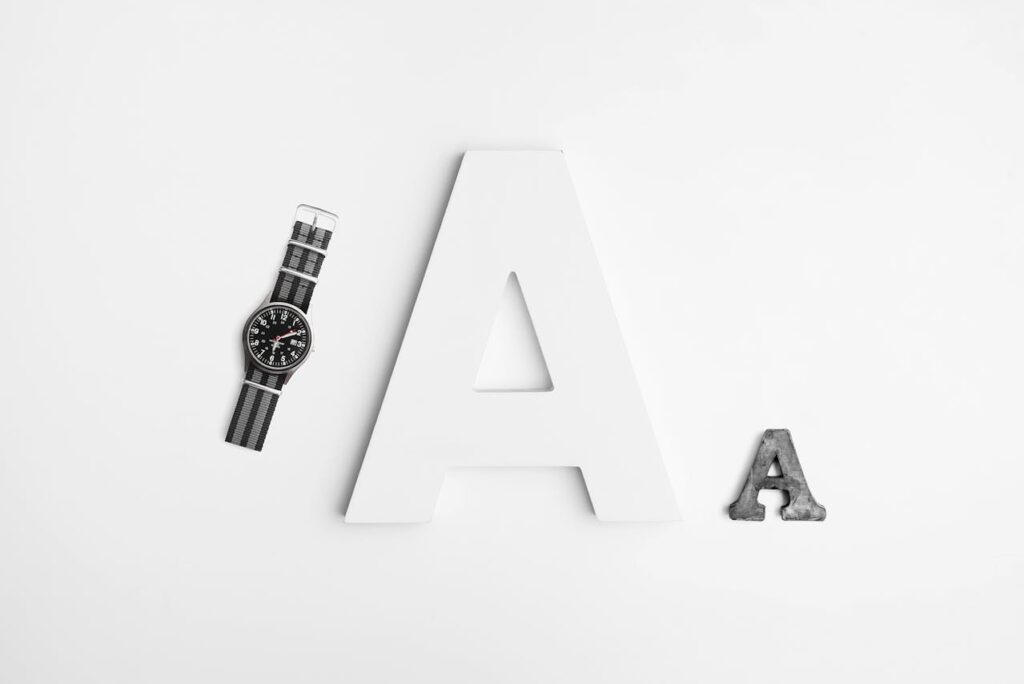Hello there! I’m John Wilson, founder of The Design Mentor, and I’ve been in the design industry for over 13 years.
I’ve worked with businesses big and small in both London and Liverpool, from startups to established brands, and if there’s one thing I’ve learned, it’s that branding in web design is an essential part of creating a successful online presence.
You may be asking yourself, What is branding in web design? You’re not alone. Over the years, I’ve had countless conversations with clients and fellow designers who are unsure about how branding fits into the world of web design. The truth is, branding in web design is the glue that holds your entire digital presence together.
It’s more than just creating a logo or picking colours; it’s about shaping the entire user experience and how people feel when they interact with your website. So, let me walk you through it based on my personal experiences, helping you understand how branding plays a pivotal role in web design.
What is Branding in Web Design? Understanding the Basics
At its core, branding in web design is all about creating a visual identity and user experience that reflects a company’s values, mission, and personality. But, there’s a lot more to it than meets the eye. As a web designer, when I’m asked, What is branding in web design? I usually respond with: it’s the process of ensuring that the online experience you create mirrors everything a business stands for.
When I began my career in London working at MigSolv Data Centre and Consultancy, I quickly realised that branding wasn’t just about choosing a pretty color scheme or creating a flashy logo. It’s about establishing an emotional connection with the user.
Whether it’s through visuals, typography, or the tone of the content, your website should evoke the right emotions in your audience. Branding shapes everything, from the first impression of your website to how users interact with it.
The Role of Visual Elements in Branding for Web Design
A large portion of branding in web design revolves around the visual identity of a brand. This is where the magic happens—the look and feel of a website should reflect the brand’s mission and values. Let’s break down the key visual elements that contribute to effective branding:
1. Logo Design
A logo is the cornerstone of any brand, and in web design, it’s often the first thing visitors will notice. When I design websites for clients, the logo needs to be prominently placed and adaptable for all screen sizes.
Whether it’s a modern sans-serif logo for a tech startup or a handwritten font for a cozy café, the logo conveys the brand’s tone.
2. Colour Scheme
The colours used on a website play a huge part in branding. Colour psychology is something I learned quickly during my time in Liverpool. Colors can influence emotions and perceptions. For example, blue conveys trust and professionalism, while orange evokes energy and enthusiasm.
The right colour scheme can set the tone for the whole website and make it memorable. If a brand is established with a strong colour palette, it helps to keep it consistent throughout the design.
To start creating a colour scheme consider using Adobe Color
3. Typography

Typography is another vital element in branding in web design. The typefaces you choose speak volumes about the brand’s identity. A luxury brand may prefer elegant serif fonts, while a modern tech company might use clean, bold sans-serif fonts.
Typography also influences readability and user experience, which is why it’s so important for web designers to make sure that fonts reflect the personality of the brand while still ensuring the site is easy to navigate.
4. Imagery and Icons
High-quality images and custom icons contribute to branding in web design by conveying a brand’s message visually. I always use imagery that tells the story of the brand—whether it’s professional photos, illustrations, or icons that align with the brand’s overall aesthetic.
What is Branding in Web Design? The Importance of User Experience (UX)
Now that we’ve touched on the visual elements, let’s talk about something that I consider just as important: user experience (UX). What is branding in web design if it doesn’t create an unforgettable user experience? As a designer, I know that a website’s functionality and usability are just as important as how it looks.
When I work on a new website, I think of UX design as the bridge between the brand’s identity and the user’s needs. A great brand doesn’t just look good—it works seamlessly. From my experience in both London and Liverpool, I can say that clients who invest in UX-focused web design see better conversion rates and higher customer satisfaction.
Here’s how user experience ties into branding in web design:
- Navigation: A well-organised and easy-to-navigate website enhances user experience while staying true to the brand. For example, if you’re building a website for a high-end luxury brand, it’s crucial to create a seamless navigation experience that complements the sophistication of the brand.
- Mobile Optimization: A brand’s identity should be consistent whether users are on a desktop or mobile. With mobile-first design becoming the norm, it’s vital that your website adapts to any device, delivering a cohesive brand experience no matter the screen size.
- Load Time: Fast load times are part of a great user experience. A slow-loading website creates frustration, which ultimately damages the brand’s reputation.
The Power of Storytelling in Branding for Web Design
One of the most powerful tools in branding in web design is storytelling. When I’m designing websites, I always think about how the user will experience the brand’s story as they move through the pages.

Brand storytelling on the web involves conveying your business’s story in a way that resonates emotionally with the audience. The words, images, and videos used on a website should work together to form a narrative that connects visitors to the brand. Whether it’s a section about the company’s history, the values it upholds, or how it serves its customers, storytelling is key.
Throughout my career, whether in London or Liverpool, I’ve seen firsthand how a strong narrative, combined with solid branding in web design, can turn an ordinary website into something extraordinary. It’s the difference between a visitor simply browsing your site and feeling a connection to your brand.
The Impact of Consistency Across Platforms
As someone who has worked with brands across both London and Liverpool, one thing I can’t stress enough is the importance of brand consistency.
What is branding in web design if it isn’t consistent across all digital touchpoints?

Whether your audience is visiting your website, checking out your social media pages, or reading your blog, consistency helps reinforce the brand’s identity.
Brand consistency is achieved when the visuals, tone, and messaging align across all platforms. Inconsistent branding can confuse your audience and diminish trust. When working with my clients, I ensure that every element of their website—from the fonts and colors to the tone of their blog posts—reflects their overall brand identity.
What is Branding in Web Design? A Powerful Tool for Business Growth
In my 13 years as a designer, I’ve come to realize that branding in web design is more than just aesthetics—it’s a powerful tool for business growth. A well-branded website builds trust, communicates your business’s values, and encourages users to take action, whether it’s signing up for a newsletter, making a purchase, or booking a consultation.
In Liverpool, I helped a local startup develop a branding strategy for their website. We focused on strong visuals, a clear narrative, and a consistent user experience. As a result, their online conversions skyrocketed, and they gained traction in a highly competitive market. The website didn’t just look good—it represented the brand in a way that resonated with their target audience.
Conclusion: What is Branding in Web Design?
So, to answer the question, What is branding in web design? It’s the process of creating an online presence that reflects a brand’s personality, values, and mission. Through visuals, user experience, storytelling, and consistency, branding in web design shapes how users perceive and interact with a business.
Over my years in the design industry, I’ve seen how powerful this can be. A solidly branded website builds trust, boosts conversions, and helps businesses grow. If you’re starting a new business or revamping your online presence, remember: branding is not just about design—it’s about creating an experience that connects with your audience.
If you’re ready to take your brand to the next level, The Design Mentor is here to help guide you through the exciting world of web design and branding. Let’s build something amazing together!